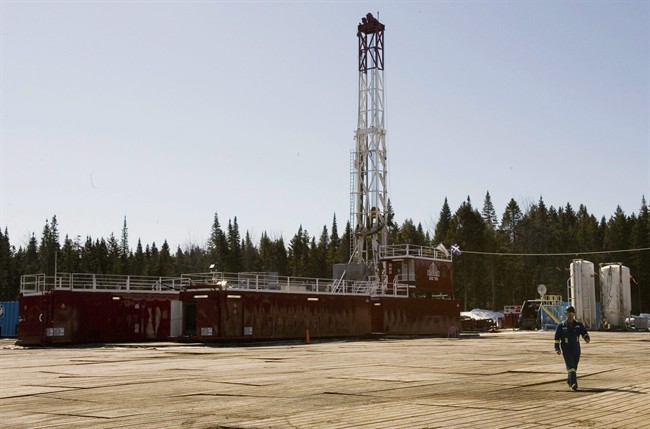TORONTO – The extraction of shale gas and fracking have come under scrutiny in New Brunswick, resulting in weeks-long protests and arrests.

But why people are protesting shale gas may not be understood by all.
Read more: RCMP pepper spray, arrest N.B. anti-shale gas protesters, police cars set on fire
In North America, shale gas has quickly emerged as a low-cost alternative to natural gas. With the goal of reducing carbon into the atmosphere, it is quickly becoming a “cleaner” alternative to other forms of energy.
However, many people don’t believe that’s the case.
The concerns centre around how shale gas is extracted, using a process called fracking.
First, a vertical hole is drilled hundreds of metres down in the rock. The hole is filled with water, chemicals and sand, creating small cracks or fractures that release the rock. The natural gas flows from the shale into the newly-created well.
The fracking also generates seismic waves and many are concerned about the effect that will have on wildlife.
In 2013, the journal Nature reported that some natural gas fields are losing up to nine percent of methane due to release of the gas in to the atmosphere.
Many claim that there are health concerns from this form of drilling, including water contamination.


Comments